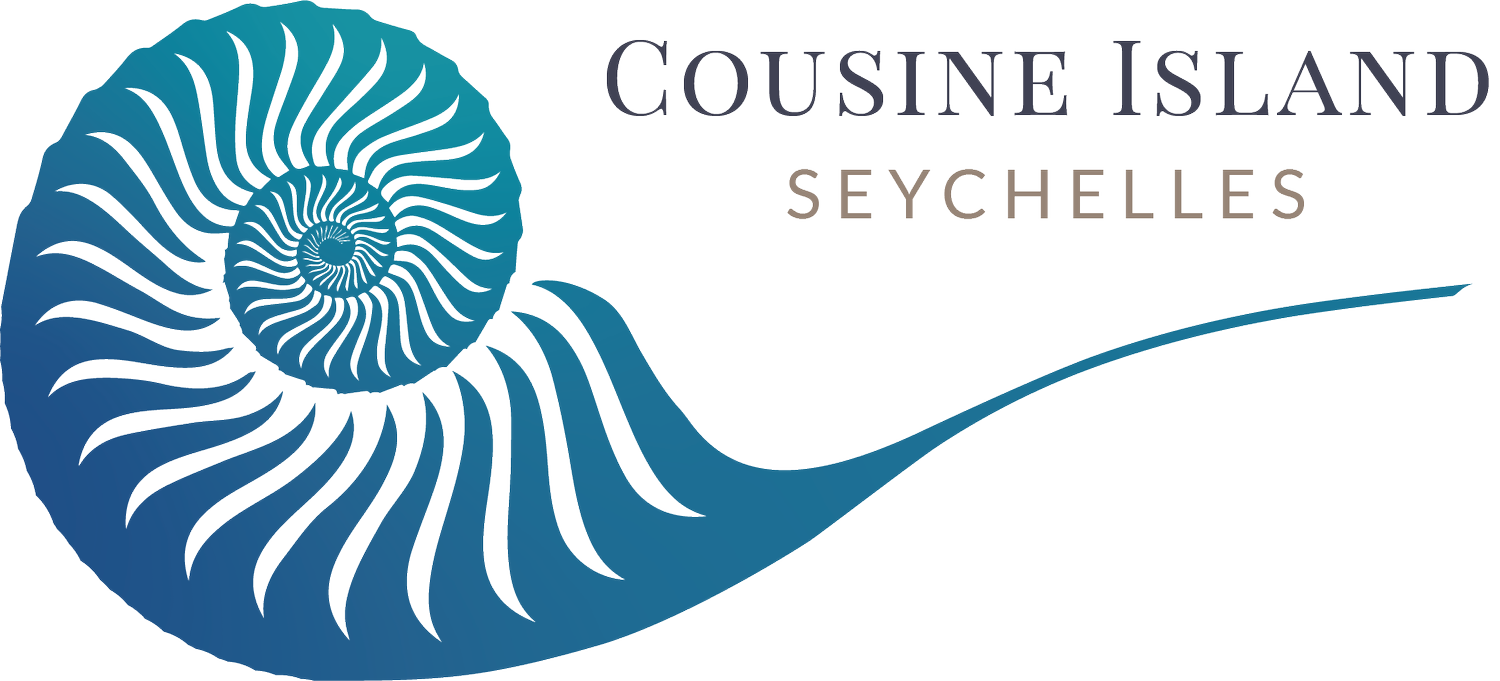Pigeon bleu des Seychelles (Alectroenas pulcherrimus)
Le pigeon bleu des Seychelles, connu localement sous le nom de Pizon Olande en créole, est un spectacle charmant et commun sur l'île de Cousine. Les mâles et les femelles ont des apparences similaires, caractérisées par un corps bleu foncé complété par une tête et une poitrine gris argenté, ce qui leur confère un aspect "costume" distinctif. Les femelles se chargent de la construction du nid en utilisant uniquement des bâtons, tâche qu'elles accomplissent avec un soin méticuleux. Bien que la reproduction puisse avoir lieu tout au long de l'année, elle atteint son apogée entre octobre et avril, ce qui coïncide avec des conditions environnementales favorables.
Ces magnifiques oiseaux sont essentiellement arboricoles et on les voit souvent perchés dans la canopée des arbres où ils se régalent d'une variété de fruits. Ce régime alimentaire peut toutefois donner lieu à des incidents cocasses. Le pigeon bleu des Seychelles a un penchant pour les figues trop mûres, qui fermentent dans leurs cultures et les rendent ivres. Il n'est donc pas rare de voir ces créatures normalement gracieuses se comporter de manière "ivre et désordonnée", désorientées et clouées au sol après de tels festins.
Reconnaissant la vulnérabilité de ces oiseaux intoxiqués, l'équipe de conservation dévouée de l'île Cousine intervient pour leur prodiguer des soins temporaires jusqu'à ce qu'ils se rétablissent. Cette intervention est cruciale pour le bien-être des pigeons, car elle garantit leur sécurité et leur santé pendant ces périodes de vulnérabilité. En offrant soutien et soins, l'équipe de conservation joue un rôle essentiel dans la préservation de la population de pigeons bleus des Seychelles sur l'île.
L'engagement de l'île Cousine en faveur de la conservation va au-delà de l'assistance temporaire. Des efforts sont continuellement déployés pour maintenir l'équilibre délicat de l'écosystème qui abrite ces espèces et d'autres espèces endémiques. Grâce à des pratiques durables et à des initiatives de conservation, l'île Cousine s'efforce de sauvegarder l'habitat naturel et la biodiversité, en veillant à ce que les générations futures puissent elles aussi s'émerveiller à la vue de ces oiseaux uniques et charmants.


